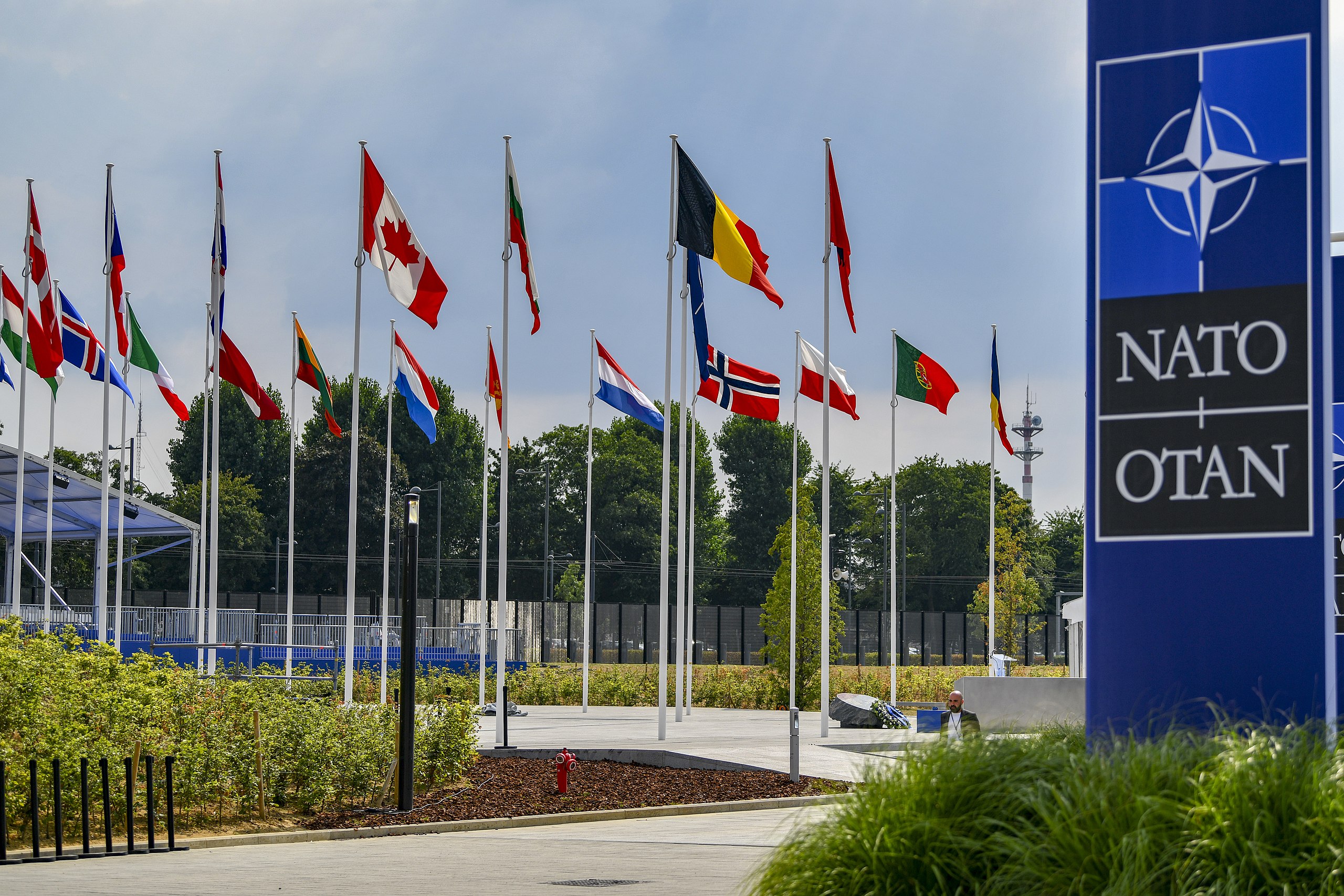OPINIONS
Date: 27 June 2022 Author: Finn-Ole Albers
NATO Summit in Madrid – what to expect?
From June 28th to June 30th the NATO summit 2022 will take place in Madrid. It will be attended by the Heads of State and Government of every member state as well as by NATO’s Pacific partners: Australia, New Zealand, Japan and South Korea.

The summit is to approve a new Strategic Concept, drawing the political and military guidelines for the future collective defense, as the old one is from 2010. Besides, the Alliance is expected to take further steps in order to increase the deterrence against Russia.
According to a NATO chart from March 21st there are 21.300 troops under NATO command deployed in the Baltic states, Poland, Slovakia, Hungary, Romania and Bulgaria. In total, NATO claims that there were currently 40.000 troops under its direct command.[1] These troops consist of reinforced battalions under NATO’s enhanced Forward Presence (EFP) and activated parts of the NATO Response Force (NRF). The number of battalion-sized battle groups was increased from four to eight after Russia’s attack against Ukraine.
Expectations at NATO’s eastern flank
On July 10th the Head of States of the Bucharest Nine group (B9) stressed in their declaration to strengthen the deterrence on the eastern flank and “scale up multi-domain Allied presence” in their countries. The concept behind these efforts should be “Forward Defense” which would be an upgrade of the current “Enhanced Forward Presence”. Due to the limited capabilities of the battle groups under the EFP-framework, the concept is perceived to have a more political-symbolic function rather than really being able to withstand against a Russian attack.[2] The B9 group consists of the eight eastern flank states and the Czech Republic.
How large should the increase of troops and capabilities be? The declaration didn’t give a specific answer. In the recent months, Estonia’s prime minister Kaja Kallas called for the deployment of a division of up to 25,000 soldiers in each Baltic state.[3] On Thursday last week, Lithuania’s minister of defense said discussions in NATO centered on the development of forces up to the level of brigades.[4]
Uncertainty about the substance of future commitments
There is yet uncertainty on what exactly the alliance will agree on. On Wednesday, Kallas told the Financial Times that NATO’s current defence plans implied that in case of an armed attack, the Baltic States would be overrun by Russia and just re-liberated after 180 days.[5]
In reaction to that, the chairman of the Lithuanian parliamentary Committee on National Security and Defense , Laurynas Kasčiūnas, told reporters: “I don’t think 180 days is the deadline we’re talking about here – certainly not, I not only don’t think so, but I know – no, but we’re doing everything we can now to make reinforcement strategies as quick and efficient as possible so that the response time is as fast as possible.”[6]
The purpose of Kallases statement might have been to increase the political pressure on reluctant NATO-members like Germany.
In the mid of June, Germany’s Federal Government announced its plans for the deployment of a brigade to Lithuania, yet the lack of details about the deployment caused some questions in the media about the substance of the announcement.
In a press conference on Wednesday, the government’s spokesperson Steffen Hebestreit told reporters that the size of the brigade was going to be 3000 to 4000 soldiers. However, not all of them were to be stationed in Lithuania at the same time. Instead, there should be a rotation of troops.[7]
As the current German-led NATO battle group in Lithuania consists of approximately 1600 German soldiers, it raises the question of how large the increase of permanently stationed German-troops will actually be.
However, one has to note, that the concept of rotational troops with a limited permanent presence might be also pursued by the United States and the United Kingdom: On June 15th Reuters cited diplomats and NATO officials who said also these two states hesitated to build large bases for the permanent deployment of troops, which would be very expensive and provocative towards Russia. Instead, the concept should be to deploy a full size brigade only when Russia prepares for an invasion.[8]
This concept might have some similarities to the Cold War era: Due to the war in Vietnam, the United States reduced its troops in Germany in 1960s.In order to demonstrate their commitment to collective defence, from 1969 till the end of the Cold War they hold so-called REFORGER-exercises, airlifting a large amount of troops from the US to Germany in a short time.[9]
However, next to the airlift-exercises the US still had 200,000 troops permanently based in Germany in 1989, while even three full-reinforced brigades in the Baltics would maybe just amount to 15,000 troops.[10]
[1] https://www.nato.int/nato_static_fl2014/assets/pdf/2022/3/pdf/2203-map-det-def-east.pdf
[2] https://www.president.pl/news/declaration-of-the-heads-of-state-bucharest-9-meeting-,55290
[3] https://www.ft.com/content/863ab482-4d6b-49a8-8c9a-551e42292e2e
[4] https://www.lrt.lt/en/news-in-english/19/1721847/nato-agrees-on-brigade-for-lithuania-but-final-details-to-emerge-in-madrid-minister
[5] https://www.ft.com/content/a430b191-39c8-4b03-b3fd-8e7e948a5284
[6] https://www.lrt.lt/en/news-in-english/19/1726283/no-need-to-worry-about-nato-plans-say-lithuanian-politicians-after-estonian-pm-s-remarks
[7] https://www.auswaertiges-amt.de/de/newsroom/regierungspressekonferenz/2538620
[8] https://www.reuters.com/world/europe/baltic-states-want-more-nato-they-wont-get-all-they-seek-2022-06-15/
[9] https://www.army.mil/article/28749/operation_big_lift
[10] https://www.reuters.com/article/uk-usa-germany-military-factbox-idUKKBN23E0JG
Support Us
If content prepared by Warsaw Institute team is useful for you, please support our actions. Donations from private persons are necessary for the continuation of our mission.
All texts published by the Warsaw Institute Foundation may be disseminated on the condition that their origin is credited. Images may not be used without permission.















